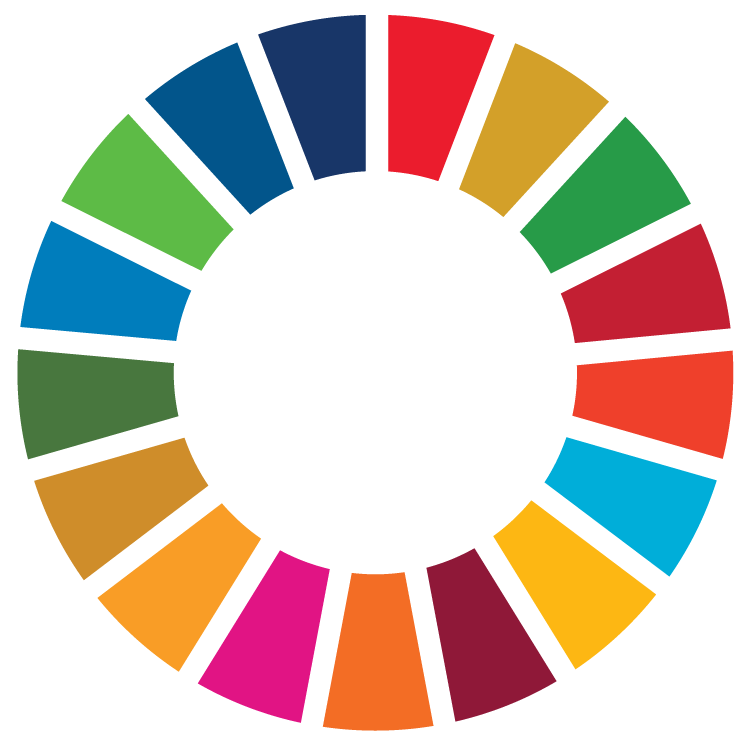




Key findings
What’s the cost of climate change goals for developing economies?
For the 48 developing economies included in the calculations, the annual cost to fight climate change, protect biodiversity and cut pollution is projected to cost nearly $5.5 trillion annually from 2023 to 2030, which is about 18% of their collective GDP.
This translates to an average yearly cost of $1,213 per person.
Which developing economies are included in the estimates?
The 48 developing economies in the study comprise 19 that are classified as low and lower-middle-income, while the other 29 fall under the upper-middle and high-income bracket. Together, they are home to 68% of people living in developing economies worldwide.
Certain nations in the study are especially vulnerable, due to geographical or developmental factors. These include nine landlocked developing countries (LLDCs), eight small island developing states (SIDS) and six least developed countries (LDCs).
How do the costs break down by income level or country group?
Breaking the total cost down, 84% would need to be spent in the upper-middle and high-income developing economies. The per-person annual cost in these nations, at $2,026, is over five times higher than for the low and lower-middle-income economies.
For the more vulnerable nations, the per-person annual cost comes to $1,864 for the SIDS, compared with $658 for the LLDCs and 331 for the LDCs.
When gauged against their national economy, the LDCs bear the heaviest burden. Addressing climate change, biodiversity loss and pollution would require 40% of their GDP.
How big is the funding gap?
Despite the urgent needs, the current government trajectory leaves a yearly gap of $337 billion for the 48 economies included in the calculations. Bridging this gap would require a 6.5% increase in yearly spending.
A closer examination reveals that the upper-middle and high-income developing economies face the largest annual gap at $327 billion, approximately 7% of their required funds. Among the more vulnerable countries, the LLDCs confront the largest gap relative to the total annual costs, at $5 billion annually, or 4.8% of their total required funding.
What would the cost be for all developing economies?
If we use the study’s median per capita cost and extrapolate the calculation to cover all developing economies, the total annual spending needs would reach up to $7 trillion.
When compared to a business-as-usual government expenditure trajectory, the yearly gap would be $410 billion.
Understanding the pathway
Unsustainable consumption and production underpin the deeply interlinked crises of climate change, biodiversity loss and pollution, which are inseparable threats to people and the planet and therefore addressed together in this pathway. It encompasses six SDG indicators on material consumption, CO2 emissions per GDP, greenhouse gas emissions and biodiversity.
The calculations encompass efforts to enhance global resource efficiency, reduce pollution and cut emissions. The pathway prioritizes protecting vulnerable people and mitigating the impacts of environmental disasters on both humans and nature.
Progress is gauged in several areas: safeguarding marine, freshwater and land biodiversity; bolstering the sustainability of fisheries; increasing forest coverage; preventing land degradation; and halting the extinction of threatened species.
Climate finance is critical for advancing action in areas like climate change adaptation and mitigation, reforestation, and coastal and marine protection.
Government spending can be tailored to specific national circumstances. These might include enhancing environmental planning and regulation, building climate-resilient infrastructure, promoting clean technologies like carbon capture, developing early warning systems, or restoring and conserving forests and marine life.



